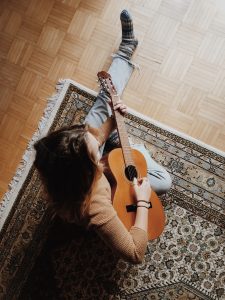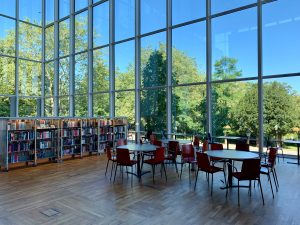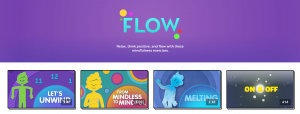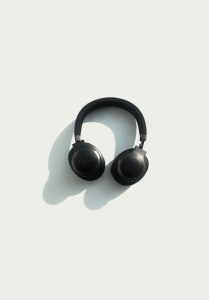Hello everyone and welcome back to my guitar blog! Today is the midterm—I get to discuss where my guitar journey has taken me so far. I will be updating you about my progress on my indicators of success (chord memorization, chord transitions, strumming patterns, and my ability to sing at the same time). In addition to this post, here is a video which will show my confidence in playing all of the chords needed in my songs. I will be showing my attempts at transitioning between them, my work on trying to apply some dynamics to each song, and showing where I am with playing the guitar and singing at the same time. I will be discussing how my progression relates to my timeline that I outlined in my Musicianship Goals document. Let’s get started!
Criteria (Indicators of Success)
- Chord Memorization:
As I have mentioned in my previous blog post, I have now memorized all of the chords that I will need to know this semester! These include the Am, Em, G, G7, D, D7, and C chords. I have learned a new version of the Alphabet Song which requires me to know how to play the F chord, I will show this in my video. I have not memorized how to strum that one in a way that it sounds full and nice. I am still working on it!
- Chord Transitions
The chord transitions between Am to C and G to D in “Slow Burn” are still tricky for me however, I am continuing to work on them. G and D and G and C chord transitions are difficult in “Happy Birthday.” Finally, in the Alphabet Song, I find the transition between C and F difficult but I know it will become easier with practice because all I need to do is move my middle finger and ring finger down one string each.
- Strumming Patterns
I have memorized the strumming pattern for “Slow Burn” decently well (“Down, Down. Down, Up, Down, Down”). For “Happy Birthday” I am learning to strum “Down, Down,” however, it is not memorized. Finally, in the Alphabet Song, I use a be using a simple “Down” strumming pattern that I have memorized.
- Ability to Sing at the Same Time
In order to sing along to my songs, I play them in half-time. I will show snippets of this in my video.








